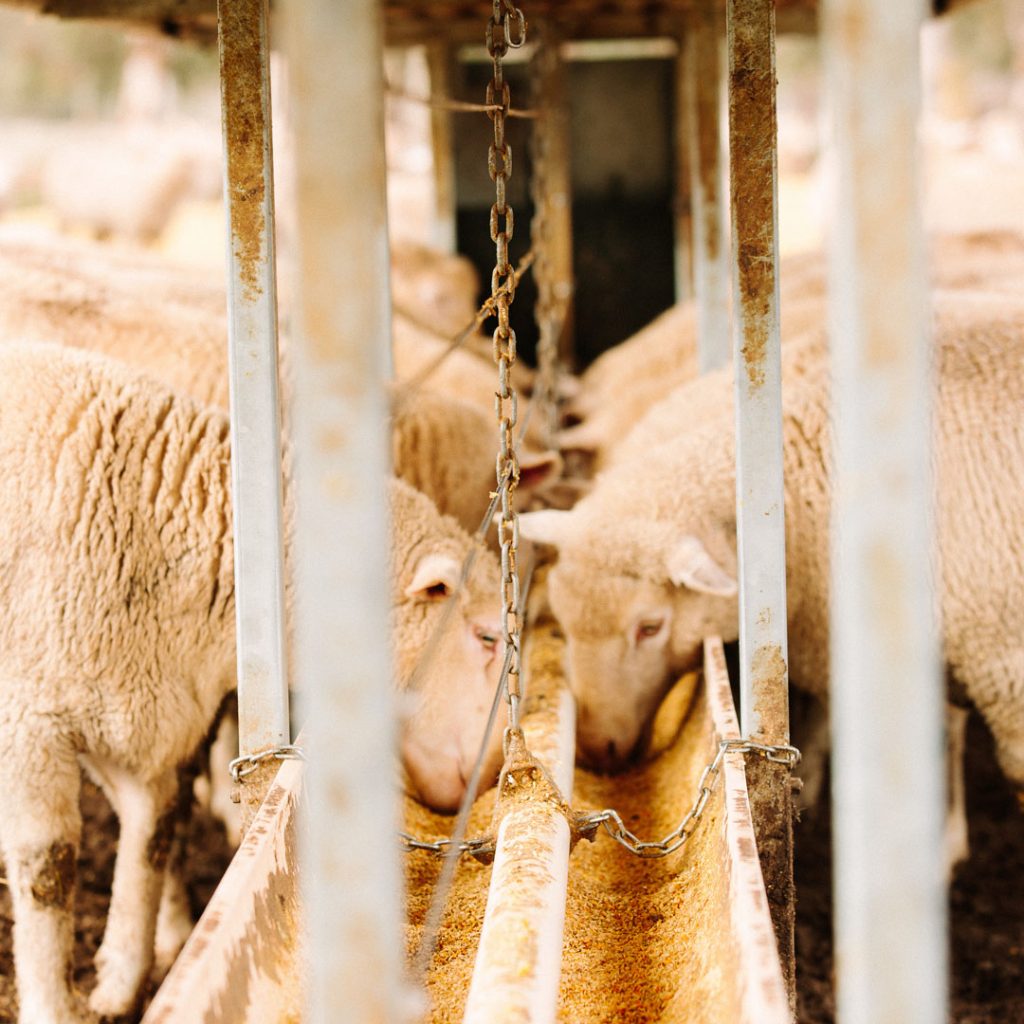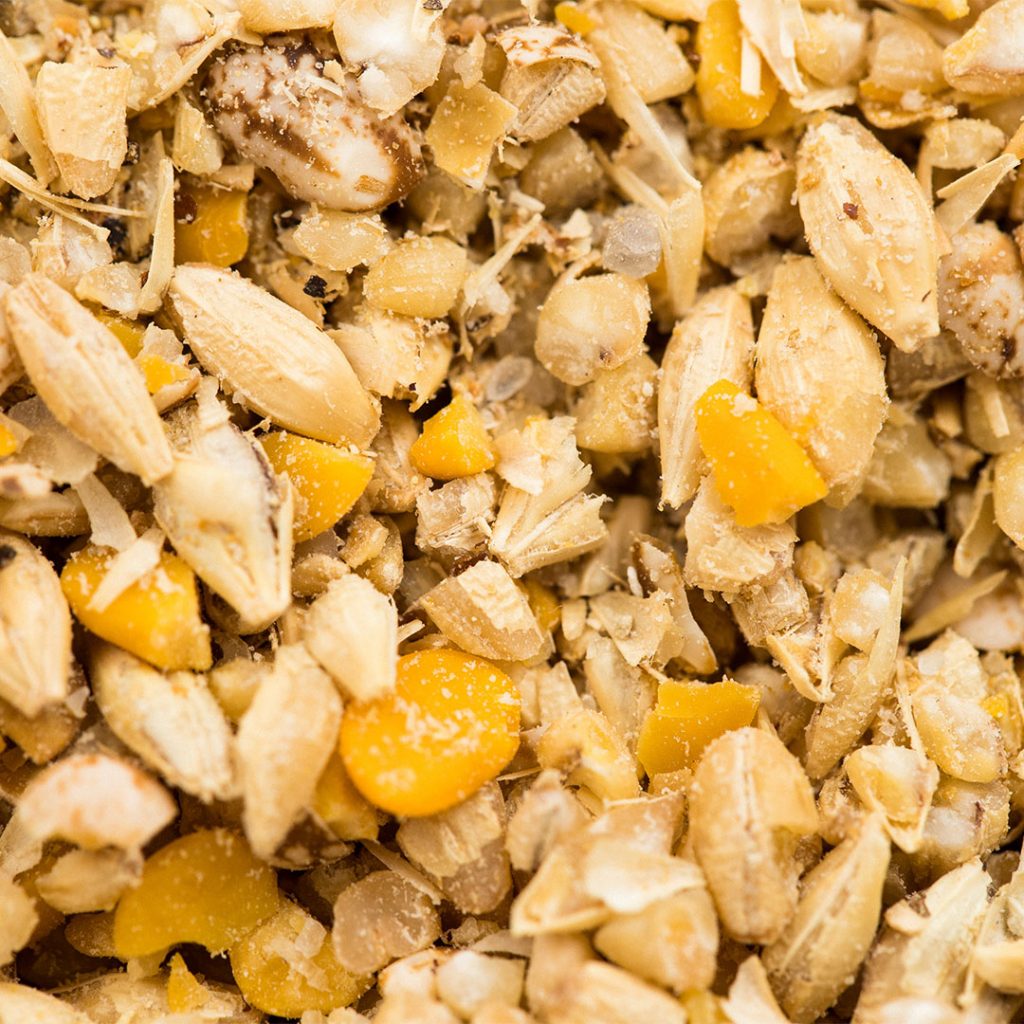Why introduce cattle or sheep to grain?
There are various reasons why a farmer chooses to supplementary feed their livestock. Dry environmental conditions may dictate a shortage of pasture or key economic indicators like the livestock sale price and cost of grain create a profitable liveweight gain in complement to pasture feeding or through feedlot conditions.
Given the right economic conditions a balanced grain ration or pellets are excellent sources of high energy and protein relative to roughage and pasture especially for young stock, pregnant stock or animals that have a short turn-around time for contract sale.
Good livestock production relies on a healthy, stable rumen. When introducing cattle or sheep to grain care needs to be taken with ensuring that safe amounts are consumed especially as the rumen microbes begin to adapt. Fed too much too soon and the bacteria in the rumen will produce lactic acid, creating a condition known as acidosis which can lead to ill health and in more serious incidents, death. However given the right animal feed management strategy this situation can be easily avoided.

How to introduce cattle or sheep to grain?
Ruminants should be well adapted to consuming hay before introducing grain to the diet. Hay as a percentage of the diet can be decreased over a 2-3 week period as the grain fed out increases. Importantly however roughage – be it hay, straw or silage – should always make up at least 30% of the diet for cattle and 10% for sheep.
Cattle should be introduced to grain at the rate of 500g per head per day, maintaining this rate for one to three days until all animals are eating some grain. From this point feed rate can be lifted every second day by 500g until the desired feed rate is reached.
For sheep the starting rate is 50g for adult sheep and 25g for lambs per head per day. Every second day after adaptation the feed amount can be increased by 50g. For both cattle and sheep it should take on average three to four weeks before the maximum feed-out rate is reached. If feedlotting, animals can sometimes be encouraged to take up grain rations by mixing it with the hay source.
How to safely change the grain feed source?
Care should be taken when switching cereal grain types (i.e. barley vs wheat) or when swapping ration types (i.e. crushed grain diet vs pellets), animals can build up a preference for a particular type of feed and sudden changes can put them off their tucker. One way to avoid this is by blending the two feeds together so that the change is less noticeable. Failing this reduce the feedrate by half before resuming the feeding program.

The Advantages of Feeding a Formulated Diet.
In a similar vein to human nutrition, animals such as sheep and cattle require a blend of nutritional sources to ensure peak metabolic functionality and full growth rates. The key components of a well rounded diet consist of; energy, protein, minerals, roughage and importantly, cool, clean water.
Cracked cereal grains offer advantages over whole grains as the broken seed provides the rumen with improved access to the starchy contents within. A balanced mineral inclusion to the overall grain or pellet formula will assist with many functions including bone health, palatability and buffering the grain to reduce any threat of acidosis. Commonly added minerals are salt, calcium, phosphorus, magnesium, sulphur, molafos and sodium bicarbonate.